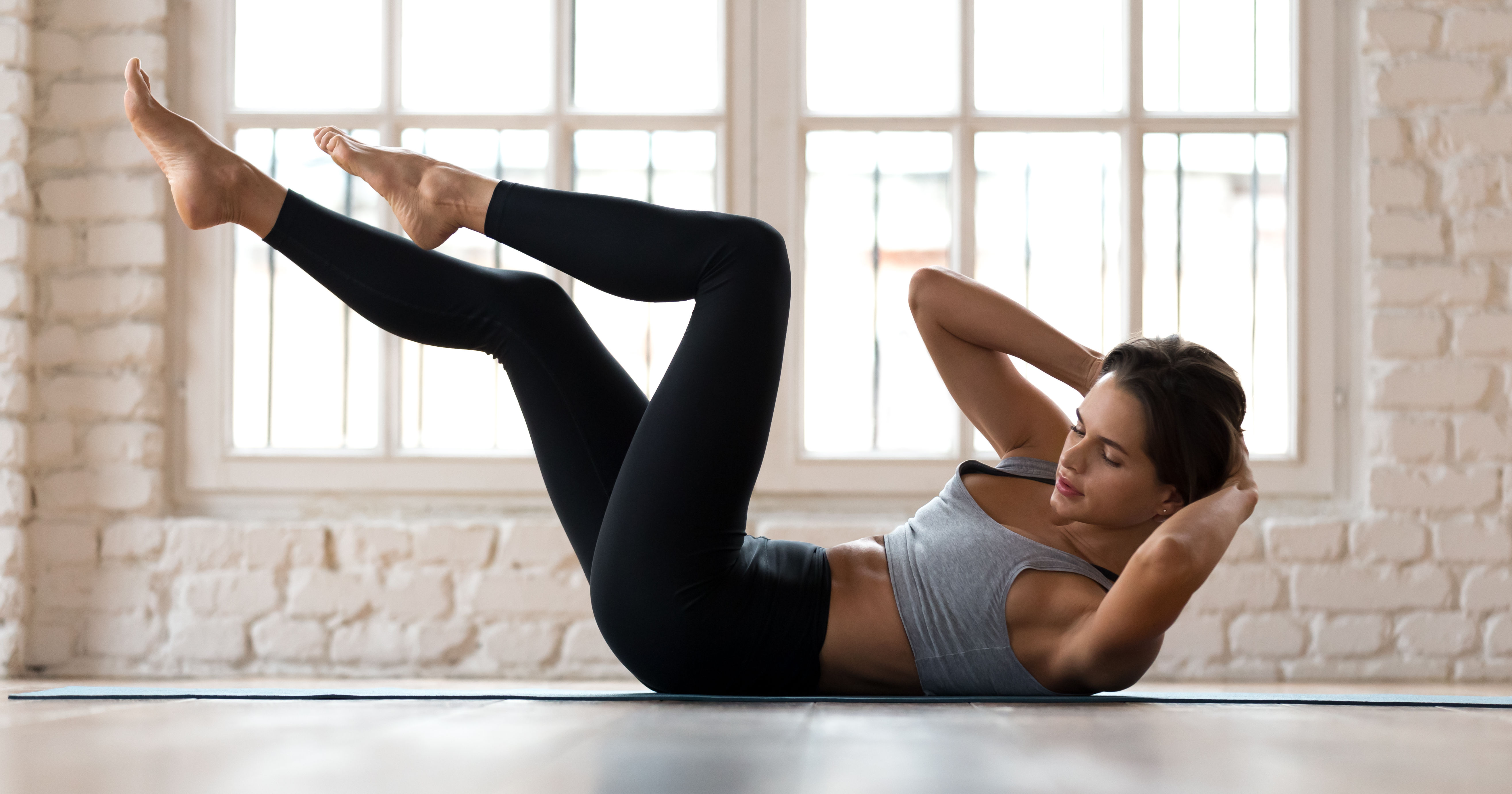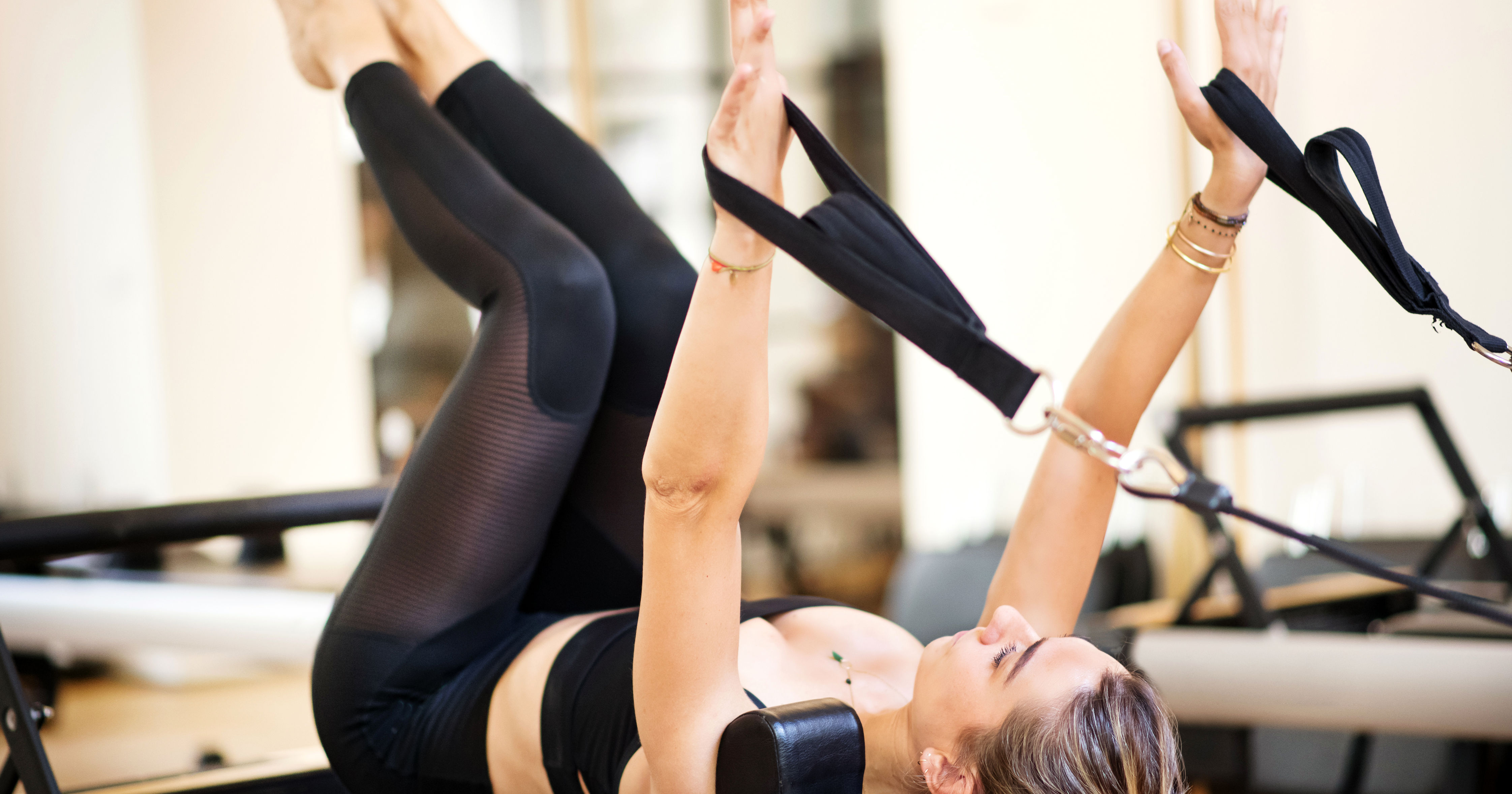 Shoulder Exercises have made every effort to ensure the accuracy of the following information. No one person should perform any of these exercises without proper instruction from their health care provider. Further, we disclaim any responsibility for any adverse effects resulting directly or indirectly from the suggested exercises and exercise protocols, undetected errors or the user’s misunderstanding of this information.
Shoulder Exercises have made every effort to ensure the accuracy of the following information. No one person should perform any of these exercises without proper instruction from their health care provider. Further, we disclaim any responsibility for any adverse effects resulting directly or indirectly from the suggested exercises and exercise protocols, undetected errors or the user’s misunderstanding of this information.
If you are experiencing any of the following symptoms: severe sharp pain, unsteadiness on your feet, weakness, numbness, tingling, headache or dizziness, please consult you health care provider.
SHOULDER STABILIZATION EXERCISES
These exercises are more advanced and should not be performed if the shoulder is unstable or if there is much pain. These simple activities will strengthen the shoulder stabilization muscles.
As with all exercise, each of these activities should be performed slowly, never go beyond your tolerance for pain, perform each exercise 10 to 15 times per side and daily workouts during the rehabilitative phase will produce better results.
Start by supporting the body on the knees and hands as demonstrated in figure A. Slowly transfer the body weight to the knees while allowing movement in the shoulders, see figure B. Then transfer the body weight forward as demonstrated in figure C. The following movements require you to shift the body weight to the right (figure D) then to the left (figure E).
Straight Arm Punch helps build shoulder blade and upper back stability. This exercise can be performed a variety of ways. As demonstrated below, one can use dumbbells, elastic tubing or their own body weight.
A variant of the shoulder stabilization exercises includes using dumbbells or tubing lay on your back with straight arms. Punch toward the ceiling as you extend the shoulder blade. When using tubing loop the tubing below the shoulder blades.
Support your body on knees and hands placed shoulder width apart. The arms should be extended. Raise your body allowing the shoulder blades to slide outward and forward. Repeat 8 to 12 times for a maximum of three sets.
SHOULDER SHRUGS
This exercise will strengthen the upper trapezius and other stabilization musculature of the shoulder. Perform each activity slowly. The purpose of this exercises is to strengthen the shoulder musculature. Adding repetitions and frequency will build endurance. The goal is to perform three sets of 8 to 12 repetitions. Start with the arms held to the side. Squeeze the shoulders so they raise toward the ears without bending the elbows.

LATERAL DELTOID RAISES
The deltoids are the large muscle covering the shoulder joint. It serves as one of the primary muscles which moves the shoulder and upper arm.
This exercise will strengthen the muscles to the back of the shoulder adding extra stability. Start with the arm flexed in front of the body (figure A) with a cable fixed in a high position. Slowly extend the arm while squeezing the muscles which bring the shoulder blade closer to the spine (figure B).
The goal is to perform three sets of 8 to 12 repetitions.
Another exercise which strengthens the deltoid musculature utilizes elastic tubing.
- Stand a little wider than shoulder width.
- Place one end of the tubing under the foot opposite the shoulder being exercised.
- Slowly raise the arm out to the side.
- The direction of the lateral raise can be varied. For example, raising the arm forward will stimulate growth to the front part of the shoulder.
- Lower the arm slowly in a controlled manor.
- The goal is 8-12 repetitions per set for three sets.

SHOULDER GIRDLE
This exercise will strengthen the muscles to the back of the shoulder adding extra stability. Start with the arm flexed in front of the body (figure A) with a cable fixed in a high position. Slowly extend the arm while squeezing the muscles which bring the shoulder blade closer to the spine (figure B).
- The elbow does not change spatial position.
- Slowly straighten the arm making sure you contract the muscle to the rear of the shoulder.
- Slowly return to starting position.
- The goal is to perform three sets of 8 to 12 repetitions.




